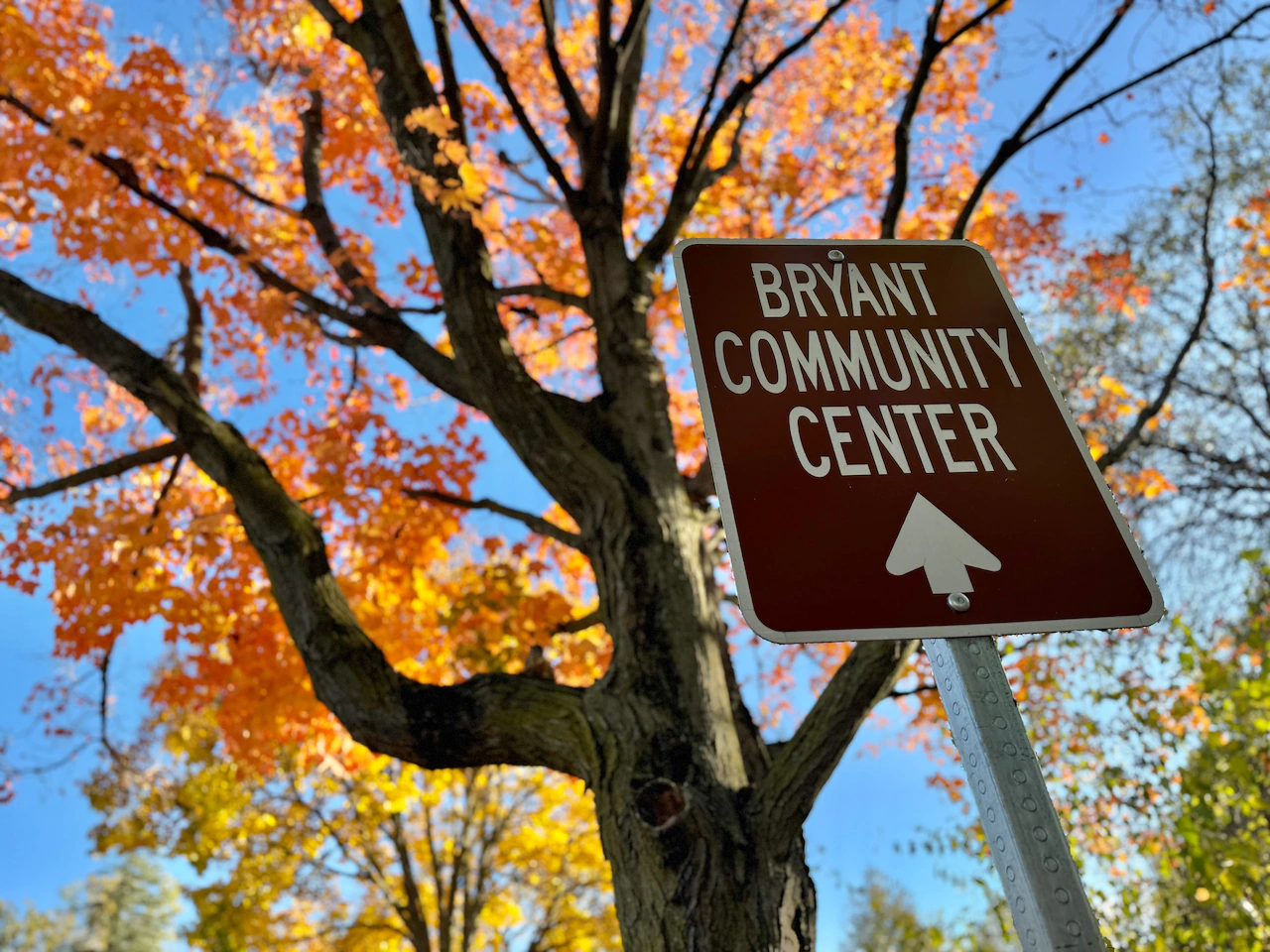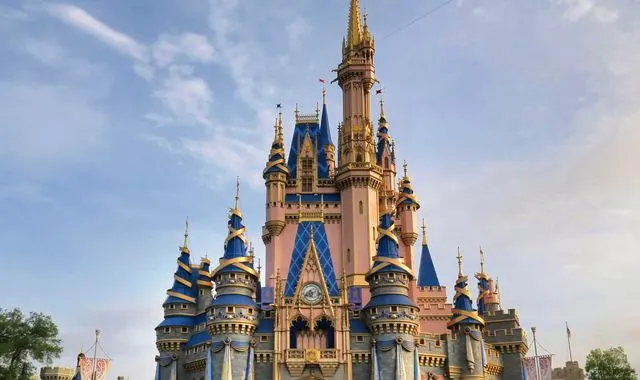Copyright M Live Michigan

ANN ARBOR, MI — Ann Arbor, in partnership with a local nonprofit, is investing millions to transform a historically affordable neighborhood into a model of sustainability, raising both hopes for residents and fears of gentrification. Here are five takeaways from the original article published by MLive/The Ann Arbor News. 1. A groundbreaking carbon-neutrality initiative is underway The city and the Community Action Network are channeling millions of dollars in grant funding into the Bryant neighborhood in southeast Ann Arbor with the goal of making it the first existing neighborhood in the U.S. to become carbon-neutral. The ambitious project involves comprehensive home upgrades for residents, including new windows and doors, improved insulation, the replacement of gas appliances with electric ones, and the installation of solar panels. A large-scale geothermal network to heat and cool homes also is planned as a cornerstone of the neighborhood’s sustainable transformation. 2. Fears of gentrification accompany the improvements While residents express gratitude for the much-needed home improvements and lower energy bills, there is some concern the significant investment will accelerate gentrification. Longtime residents already have observed rising home prices and an influx of wealthier newcomers. The tension highlights the core conflict of the project: the effort to improve living standards for current residents might inadvertently make the neighborhood, one of Ann Arbor’s few remaining affordable areas, more expensive. 3. Proposed zoning changes threaten sustainability investments Adding to some residents’ concerns is a new citywide land-use plan that would allow developers to replace single-family homes with denser housing like three-unit apartment buildings. This raises the possibility that homes currently being upgraded with public funds could be purchased, torn down, and redeveloped in the coming years. There is no guarantee new constructions would adhere to the same energy-efficient standards, potentially negating some of the investments in sustainability and displacing some of the very residents the program aims to help. 4. Officials are implementing measures to mitigate displacement In response to concerns about gentrification, the city and CAN have put some protective measures in place. CAN is having participating homeowners sign agreements stipulating they will not sell their property for at least five years post-improvement. For rental properties, landlords must agree not to pass the value of the upgrades on to tenants for the same period. Additionally, grant funds have been used to hire a lawyer to help residents with estate planning, aiming to preserve intergenerational wealth and keep homes within families. 5. The program is delivering immediate, tangible benefits to residents Despite long-term concerns, the program is providing significant and immediate quality-of-life improvements for Bryant residents. Participants report their homes are warmer and easier to heat, leading to reductions in their energy bills, with one resident’s monthly bill dropping to as low as $11. The program also has addressed critical health and safety issues, such as replacing an old gas stove that was emitting carbon monoxide in the home of a resident with chronic obstructive pulmonary disease. Read the full story. Want more Ann Arbor-area news? Bookmark the local Ann Arbor news page.



